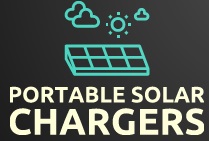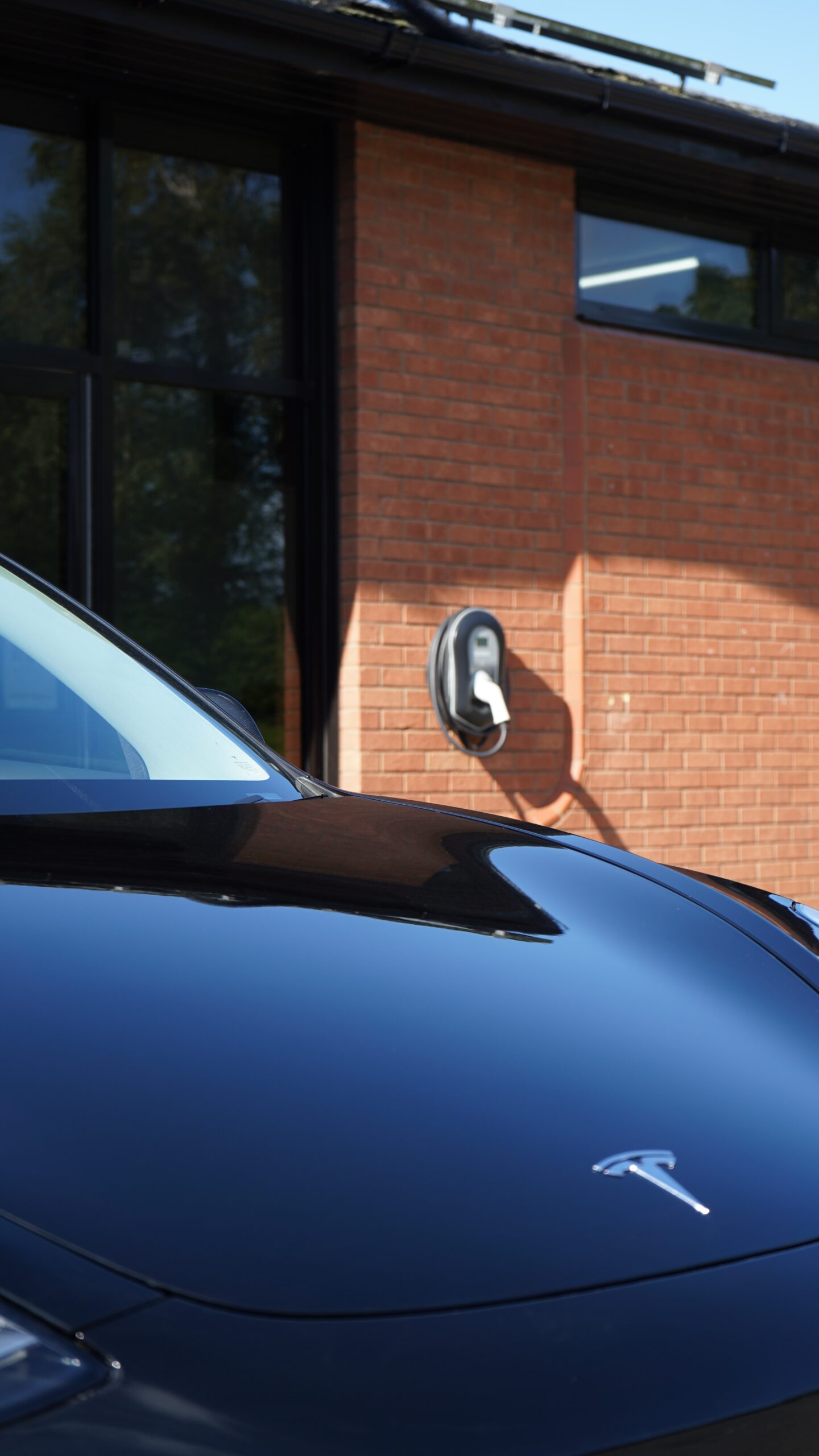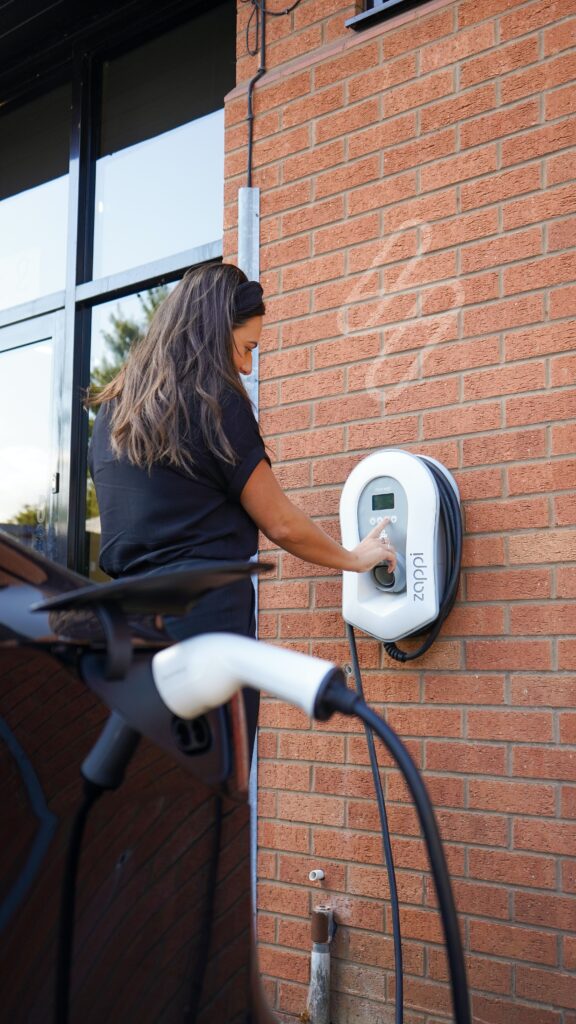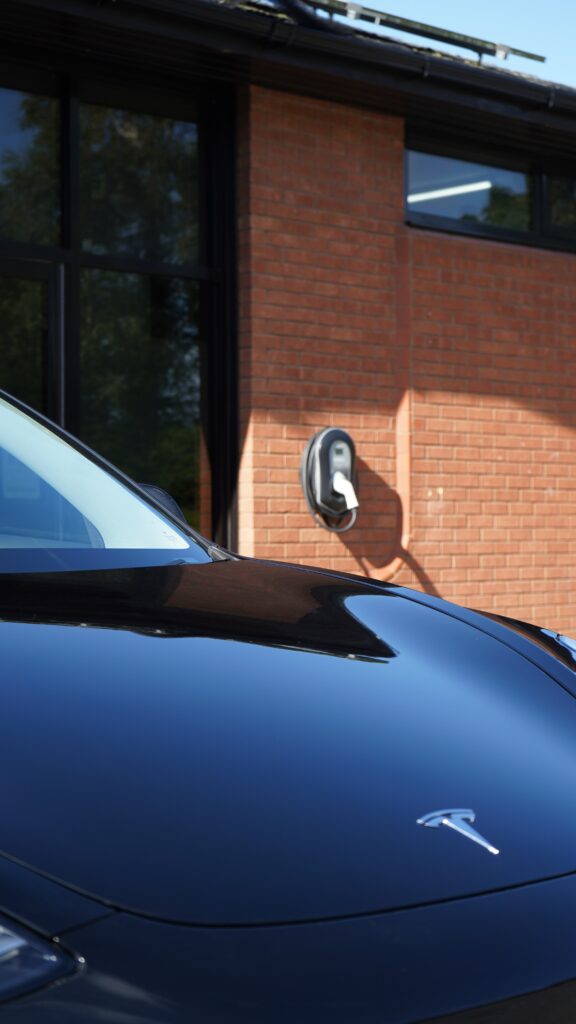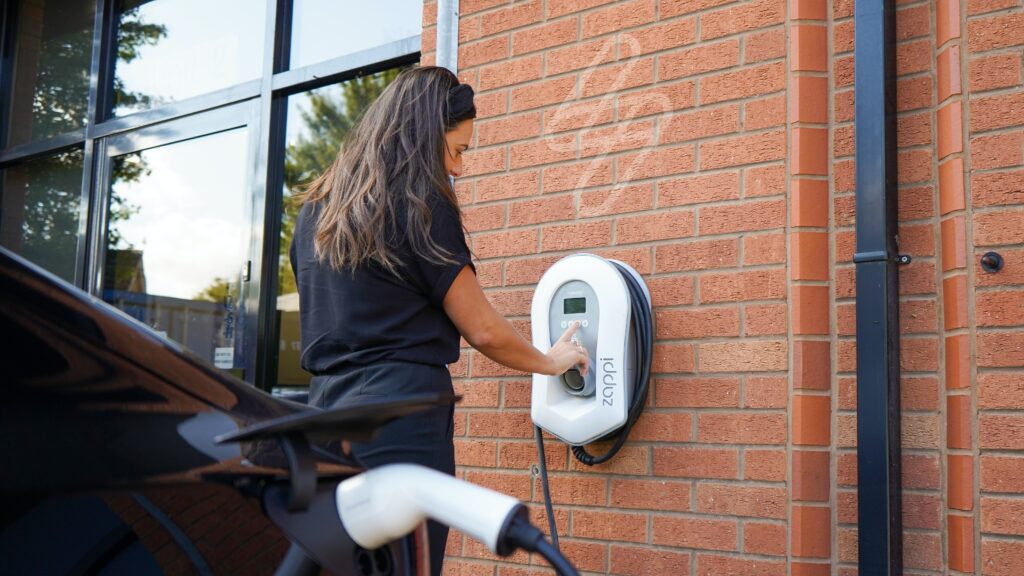Have you ever wondered if it’s possible to charge multiple devices at the same time using a solar charger? Well, the answer is yes! Solar chargers have come a long way in terms of efficiency and capability, and can now handle charging multiple devices simultaneously. Whether you want to charge your phone, tablet, or even a power bank, a solar charger is a convenient and eco-friendly solution. So, no more fighting over power outlets or carrying multiple chargers, because with a solar charger, you’ll never run out of power on your outdoor adventures again!
Factors to Consider
When choosing a solar charger, there are several factors to consider to ensure that it meets your charging needs. These factors include the solar charger’s power output, the number of USB ports it has, device compatibility, battery capacity, and charging speed.
Solar Charger Power Output
The power output of a solar charger determines how quickly it can charge your devices. It is essential to choose a solar charger with a high power output, typically measured in watts, to ensure faster charging. A higher output will enable the solar charger to convert more sunlight into electricity, resulting in more efficient charging.
Number of USB Ports
The number of USB ports on a solar charger determines how many devices you can charge simultaneously. If you often have multiple devices that need charging, it is recommended to choose a solar charger with multiple USB ports. This way, you can charge multiple devices at once, saving you time and ensuring all your devices are ready to use when you need them.
Device Compatibility
Before purchasing a solar charger, it is crucial to ensure that it is compatible with your devices. Check whether the solar charger supports the charging requirements of your devices, including the voltage and current levels. Some solar chargers may not be compatible with certain devices, such as laptops or tablets, which may require higher wattage or specialized adapters.
Battery Capacity
Solar chargers with built-in batteries offer the convenience of storing energy for later use. The battery capacity determines how much charge the solar charger can hold, allowing you to charge your devices even when there is no sunlight. Consider the battery capacity based on your charging needs and how frequently you expect to use the solar charger in low-light conditions.
Charging Speed
The charging speed of a solar charger is influenced by several factors, including the solar panel’s efficiency, external conditions, and the device’s power requirements. It is important to choose a solar charger with a fast charging speed to minimize the time it takes to charge your devices fully. Look for solar chargers with advanced charging technologies that deliver optimized power output to expedite the charging process.
Types of Solar Chargers
Solar chargers come in different types, each with its own advantages and suitability for various scenarios. The most common types of solar chargers are foldable solar panels, solar power banks, and solar backpacks.
Foldable Solar Panels
Foldable solar panels are compact and lightweight, making them highly portable and ideal for outdoor activities such as camping or hiking. They can be easily folded and unfolded, allowing you to maximize sun exposure by positioning the panels towards direct sunlight. Foldable solar panels often come with multiple USB ports, enabling you to charge multiple devices simultaneously.
Solar Power Banks
Solar power banks combine the convenience of a portable charger with the ability to harness solar energy. These devices typically feature a built-in battery that can be charged either through a wall outlet or by solar power. Solar power banks are compact, making them easy to carry around, and they are compatible with a wide range of devices. They are ideal for those who require a reliable power source while on the go.
Solar Backpacks
Solar backpacks integrate solar panels into the design of a backpack, allowing you to charge your devices while carrying your belongings. These backpacks are designed with built-in solar panels and often have dedicated pockets for devices such as smartphones and tablets. Solar backpacks are highly portable, making them a popular choice for travelers and outdoor enthusiasts who want to ensure their devices stay charged during their adventures.
Charging Multiple Devices at Once
When it comes to charging multiple devices simultaneously with a solar charger, there are some considerations and options to optimize the process.
USB Charging Hub
An efficient way to charge multiple devices at once is to use a USB charging hub. This device acts as a centralized charging station, allowing you to connect multiple devices to a single USB port on the solar charger. USB charging hubs are especially useful when you have limited USB ports on your solar charger, as they enable you to expand the charging capacity without compromising on the charging speed.
Smart Charging Technology
Some solar chargers feature smart charging technology, which can automatically detect and deliver the optimal charging speed for each connected device. This technology ensures that all devices receive the appropriate amount of power they need, maximizing charging efficiency. With smart charging technology, you can charge multiple devices simultaneously without worrying about overcharging or damaging your devices.
Power Management
To effectively charge multiple devices at once, it is essential to manage the power distribution efficiently. Consider dividing the available power output evenly among the connected devices, ensuring that each device receives an adequate amount of power for charging. It is also important to monitor the charging progress of each device and adjust the power distribution as necessary. By managing the power output effectively, you can charge multiple devices simultaneously without compromising the charging speed or causing any charging issues.
Limitations and Considerations
While solar chargers offer a convenient and environmentally friendly way to charge your devices, there are certain limitations and considerations to keep in mind.
Solar Panel Efficiency
The efficiency of solar panels can vary, depending on factors such as the quality of the panels and the external conditions. Not all sunlight can be converted into electricity, and some energy may be lost during the charging process. It is important to choose a solar charger with high-quality solar panels that offer a high conversion efficiency to maximize the charging performance.
Weather Conditions
Solar chargers rely on sunlight to generate electricity, meaning they are heavily reliant on weather conditions. Cloudy or rainy days can significantly impact the charging efficiency of solar chargers. If you live in an area with inconsistent sunlight or frequently experience adverse weather conditions, it may be necessary to consider alternative charging methods or have a backup power source for your devices.
Charging Time
The charging time of a solar charger is influenced by various factors, including the available sunlight, the power output of the solar charger, and the battery capacity of the devices being charged. While solar chargers can provide a convenient way to charge your devices, they may take longer to fully charge compared to traditional wall chargers. It’s important to plan ahead and ensure you have enough time to charge your devices fully, especially if you are relying solely on solar power in low-light conditions.
Energy Storage
Solar chargers with built-in batteries can store energy for later use, allowing you to charge your devices even when there is no sunlight. However, the energy storage capacity may be limited, depending on the specific solar charger. It is essential to consider your charging needs, the battery capacity of the solar charger, and how frequently you will be using it in low-light conditions. If you require extended periods of device usage without access to sunlight, it may be necessary to have additional power backup options.
Recommended Solar Chargers
With a wide range of solar chargers available on the market, it can be challenging to choose the right one for your charging needs. Here are some recommended solar chargers that offer reliable performance and efficient charging capabilities.
Anker 21W Dual USB Solar Charger
The Anker 21W Dual USB Solar Charger is a versatile and compact solar charger that features dual USB ports, allowing you to charge two devices simultaneously. It offers a high conversion efficiency of up to 23.5%, making it ideal for quick and efficient charging. The Anker solar charger is designed with durable and weather-resistant materials, ensuring its durability and suitability for outdoor use.
RAVPower 24W Solar Panel Charger
The RAVPower 24W Solar Panel Charger is a lightweight and foldable solar charger that provides efficient charging performance. With three USB ports, it allows you to charge multiple devices at once. The RAVPower solar charger incorporates smart charging technology, automatically detecting and delivering the optimal charging speed for each device. Its portable and compact design makes it a great choice for outdoor activities.
Goal Zero Nomad 7 Plus Solar Panel
The Goal Zero Nomad 7 Plus Solar Panel is a rugged and durable solar charger that features a built-in kickstand to maximize sun exposure. With a power output of 7 watts, it is designed to charge small devices efficiently. The Goal Zero solar charger utilizes an advanced charging algorithm to optimize the charging process, ensuring faster and more reliable charging. It also has a weather-resistant design, making it suitable for various outdoor conditions.
Tips for Efficient Charging
To maximize the efficiency of your solar charging experience, consider the following tips:
Optimal Solar Placement
Position your solar charger in direct sunlight to maximize its charging efficiency. Avoid shading the solar panels and adjust their angle to the sun throughout the day, ensuring maximum sun exposure. By optimizing the solar placement, you can enhance the charging performance and reduce the charging time.
Prioritize Charging
When charging multiple devices simultaneously, prioritize the devices that require immediate charging. This will ensure that essential devices receive power promptly, allowing you to use them when needed. By managing the charging priority, you can make the most out of the available power output and ensure efficient device charging.
Monitor Device Power Usage
Keep track of your device’s power usage to reduce unnecessary energy consumption. Close any unused applications, reduce screen brightness, and disable unnecessary features to conserve power. By monitoring and managing your device’s power usage, you can prolong the battery life and optimize the charging process.
Use Energy-Efficient Devices
Using energy-efficient devices can significantly impact the charging efficiency of your solar charger. Energy-efficient devices require less power to operate and charge, allowing you to make the most out of the available solar energy. When purchasing new devices, consider their energy efficiency ratings and choose devices that align with your sustainability goals.
Additional Features
Solar chargers often come with additional features that enhance their functionality and usability. Some common additional features include built-in flashlights, waterproof and durable designs, and multiple input options.
Built-in Flashlights
Many solar chargers are equipped with built-in flashlights, making them a useful tool for outdoor activities or emergencies. These flashlights provide additional functionality, allowing you to navigate or illuminate your surroundings when needed. If you are often in situations where you require a reliable light source, consider choosing a solar charger with a built-in flashlight.
Waterproof and Durable Design
Solar chargers designed with waterproof and durable materials offer increased resistance to outdoor elements such as rain, dust, and shocks. These features make them suitable for use in various weather conditions and ensure their longevity. If you frequently engage in outdoor activities or need a solar charger that can withstand harsh environments, opt for a model with a waterproof and durable design.
Multiple Input Options
Some solar chargers feature multiple input options, allowing you to charge them using different power sources besides solar energy. These input options may include USB ports, wall outlets, or car chargers. Having multiple input options provides flexibility and ensures that your solar charger can be charged even in situations where sunlight is not available.
FAQs
Can I charge different types of devices simultaneously?
Yes, you can charge different types of devices simultaneously with a solar charger, provided that the solar charger has multiple USB ports or a USB charging hub. By connecting multiple devices to the solar charger, you can charge them simultaneously and save time.
How long does it take to charge multiple devices?
The charging time for multiple devices will depend on various factors, including the power output of the solar charger, the battery capacity of the devices being charged, and the available sunlight. It is important to note that solar charging generally takes longer than traditional wall charging. The exact charging time will vary, but you can expect it to be longer compared to charging devices individually.
Are solar chargers suitable for charging laptops?
Solar chargers can vary in terms of power output, and not all solar chargers are suitable for charging laptops. Laptops typically have higher power requirements than smartphones or tablets, so it is important to choose a solar charger with a high enough wattage and voltage output to support laptop charging. Some solar chargers are specifically designed for laptop charging and come with additional adapters or connectors for compatibility.
Conclusion
Solar chargers offer an eco-friendly and convenient way to charge your devices on the go. When choosing a solar charger, consider factors such as power output, number of USB ports, device compatibility, battery capacity, and charging speed. Different types of solar chargers, including foldable solar panels, solar power banks, and solar backpacks, offer various advantages depending on your needs. To efficiently charge multiple devices, utilize tools such as USB charging hubs, smart charging technology, and proper power management. Be aware of the limitations and considerations surrounding solar charging, such as solar panel efficiency, weather conditions, charging time, and energy storage. With recommended solar chargers like the Anker 21W Dual USB Solar Charger, RAVPower 24W Solar Panel Charger, and Goal Zero Nomad 7 Plus Solar Panel, you can enjoy reliable and efficient charging on the go. Implement tips for efficient charging, such as optimal solar placement, device power usage management, prioritizing charging, and using energy-efficient devices. Additionally, additional features like built-in flashlights, waterproof and durable designs, and multiple input options can enhance the functionality of your solar charger. By understanding the possibilities and considerations associated with solar charging, you can make an informed decision and enjoy the benefits of sustainable and portable power.
